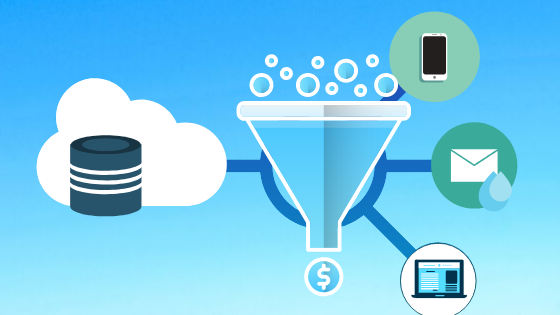The Value of Marketing Automation Part Two: Developing Trust and Shortening the Sales Cycle
In part one, we discussed how marketing automation has become more prevalent in business and the importance of linking this to your organizational strategy. Equally important is the day-to-day impact marketing automation plays in shortening sales cycles and systematically building relationships.
The key to shortening the sales cycle is to earn the prospect’s trust. Easier said than done, right? Here are some tips on how marketers can build trust with their prospects and in turn, develop long lasting relationships.
- Ensure consistency. Today’s consumers access marketing content from multiple channels. Telling prospects a product may deliver a return of “x” percent on one channel, and a return of “y” percent on another channel is sure to have the prospect thinking. This might also make them more prone to cross-verify and hesitate.
- Utilize social media. Generally, people tend to trust people they know, even if remotely, compared to total strangers. In this sense, social media can help marketers. An introduction or endorsement from a prospect’s contact will go a long way in establishing a relationship that will shorten the sales cycle considerably.
- Remain connected. The best way to develop trust is by becoming more familiar to the prospect. It is possible to increase familiarity with your prospects by having a strong online presence, following the prospect in social media, sharing content, initiating a conversation, and inviting the prospect to an event.
- Be relevant. Offer the right content at the right time. Make sure the prospect receives the appropriate content for their specific stage of the marketing lifecycle.
- Avoid the hard sell. While cold calling and highlighting the product’s good points may be part of the marketer’s job, the overriding intention should be to build a relationship and provide value to the prospect.
Staying connected, tracking prospect activities, and, most of all, providing the prospect valuable content are all ways in which organizations can build trust with their customers. Marketing automation, when used appropriately, can accomplish all three of these key tasks and, as a result, play a major role in helping companies build trust and shorten their sales cycle. To learn more about lifecycle marketing, check out our recently published ebook.












